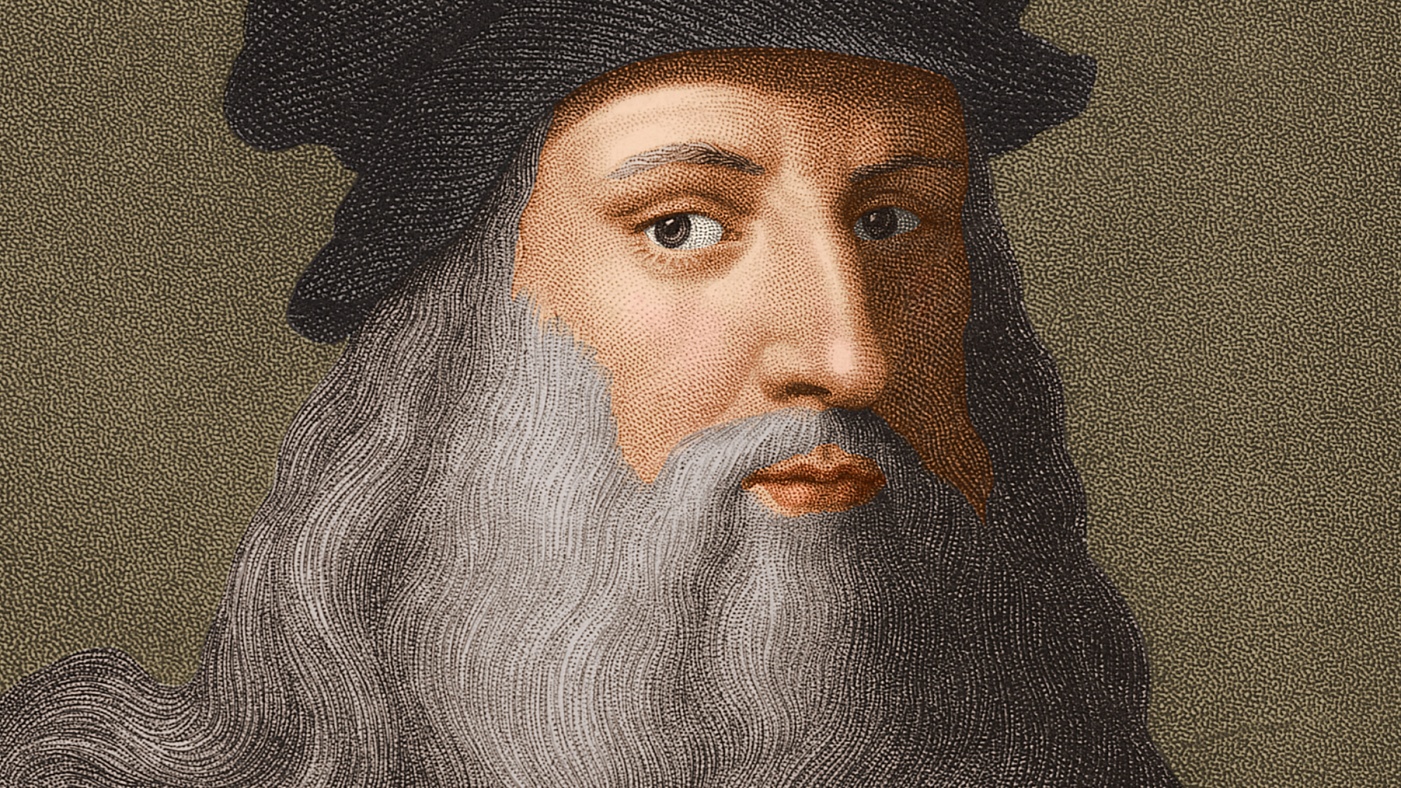New theory on Leonardo da Vinci’s mother divides experts
Scholar says Renaissance pioneer may have been born to female slave from the Northern Caucasus

The identity of Leonardo da Vinci’s mother is a “mystery that has intrigued and confounded scholars for centuries”, said The New York Times.
But while little is known other than that she was called Caterina, a new theory has emerged “that is likely to fuel the academic debate”, the paper reported. Historian Carlo Vecce, a Renaissance art expert at Orientale University in Naples, has uncovered documents in the State Archives in Florence that suggest the mother of Italy’s most celebrated artist was an enslaved Circassian woman.
The documents are signed by da Vinci’s father, a young notary called Ser Piero da Vinci, and free a slave called Caterina in autumn 1452, just six months after the artist was born out of wedlock. Vecce told NBC that the document was “full of small mistakes”, indicating that the notary may have been “nervous when he drafted it, because getting someone else’s slave pregnant was a crime”.
The Week
Escape your echo chamber. Get the facts behind the news, plus analysis from multiple perspectives.

Sign up for The Week's Free Newsletters
From our morning news briefing to a weekly Good News Newsletter, get the best of The Week delivered directly to your inbox.
From our morning news briefing to a weekly Good News Newsletter, get the best of The Week delivered directly to your inbox.
Although many slaves were called Caterina, this was the only document recording a slave with that name being freed by the artist’s father, added Vecce, who has released a historic novel, Il Sorriso di Caterina (Caterina’s smile), based on his findings.
Past theories about Caterina’s identity have ranged from “a local peasant, an orphaned teenager of humble birth or a woman of Jewish or Chinese origins”, said The New York Times. Some academics had also suggested that she might have been a slave, said CNN, “but there had never been any documentary evidence to support this theory – until now”.
Not everyone is convinced, however. Martin Kemp, emeritus professor of art history at Oxford University, suggested that the new theory reflects a contemporary desire “to find something exceptional and exotic in Leonardo’s background”, and “a link to slavery fits with current concerns”. Kemp told CNN that Vecce was a “fine scholar” but expressed “surprise” that he had “published his documents in the context of a ‘fictionalised’ account”.
Kemp’s own theory, outlined in his 2017 book Mona Lisa: The People and the Painting, suggests Caterina was a local teenage orphan. But that she may have been a slave is also “a conceivable model”, he said.
A free daily email with the biggest news stories of the day – and the best features from TheWeek.com
Sorcha Bradley is a writer at The Week and a regular on “The Week Unwrapped” podcast. She worked at The Week magazine for a year and a half before taking up her current role with the digital team, where she mostly covers UK current affairs and politics. Before joining The Week, Sorcha worked at slow-news start-up Tortoise Media. She has also written for Sky News, The Sunday Times, the London Evening Standard and Grazia magazine, among other publications. She has a master’s in newspaper journalism from City, University of London, where she specialised in political journalism.


